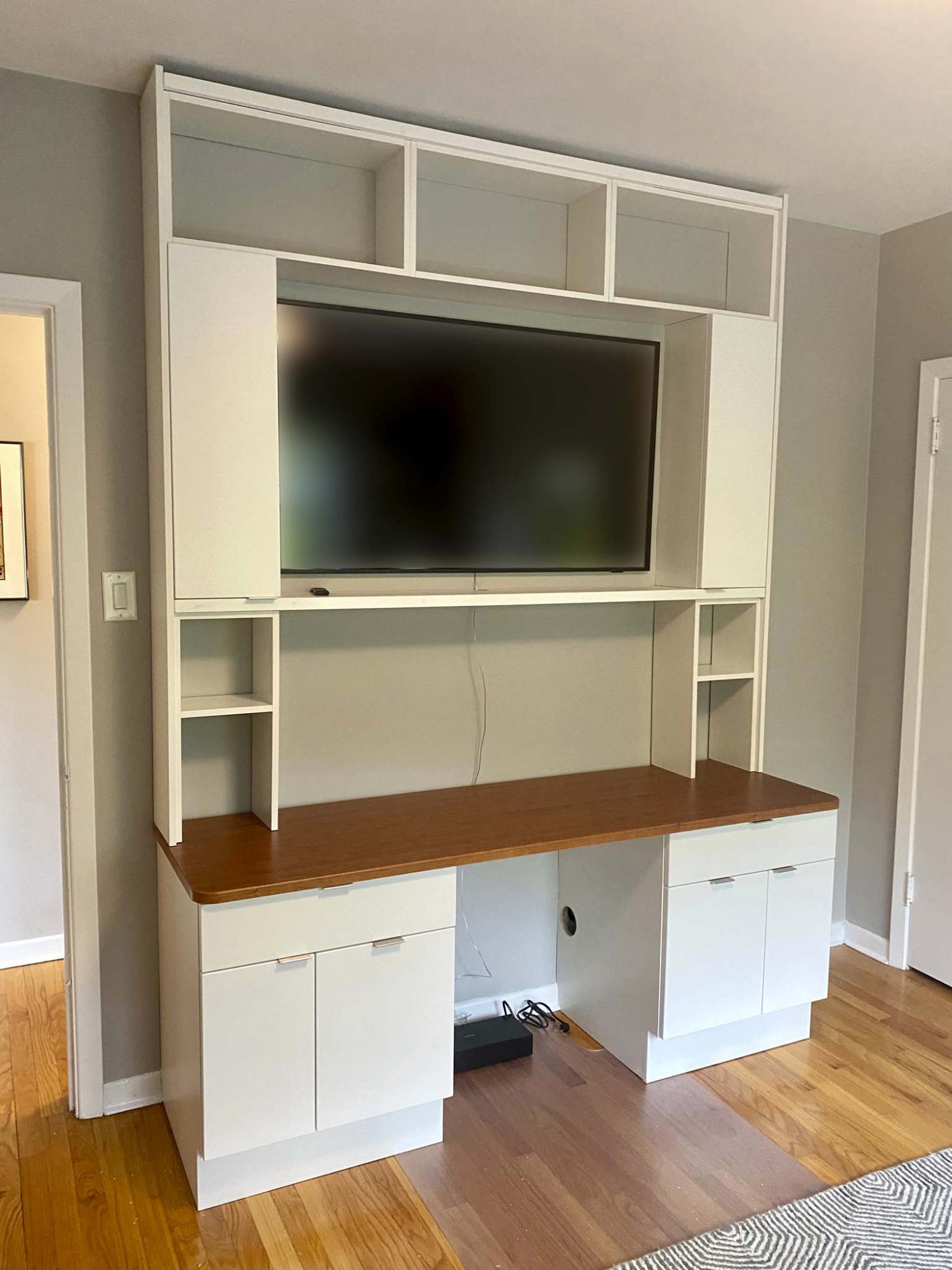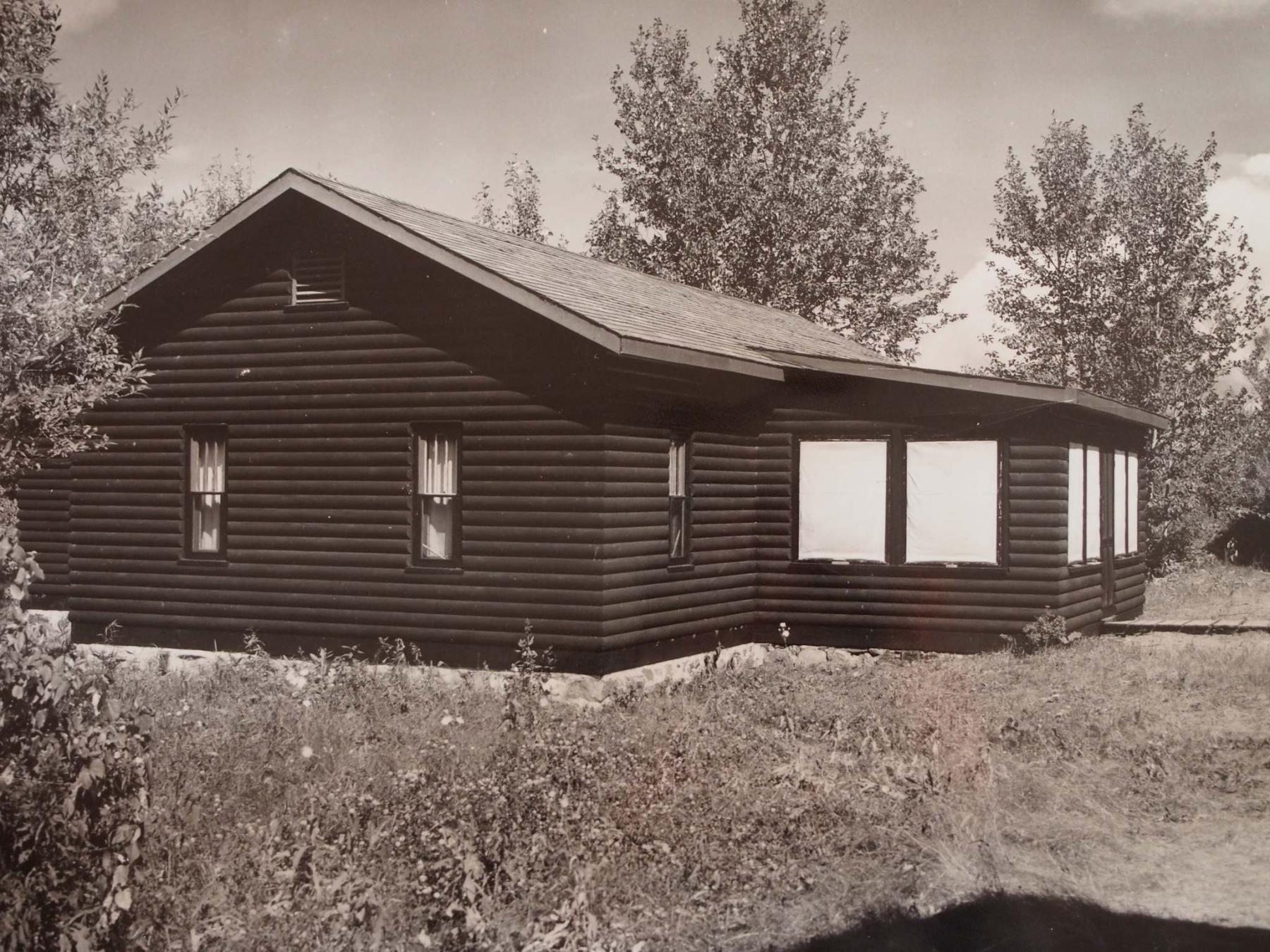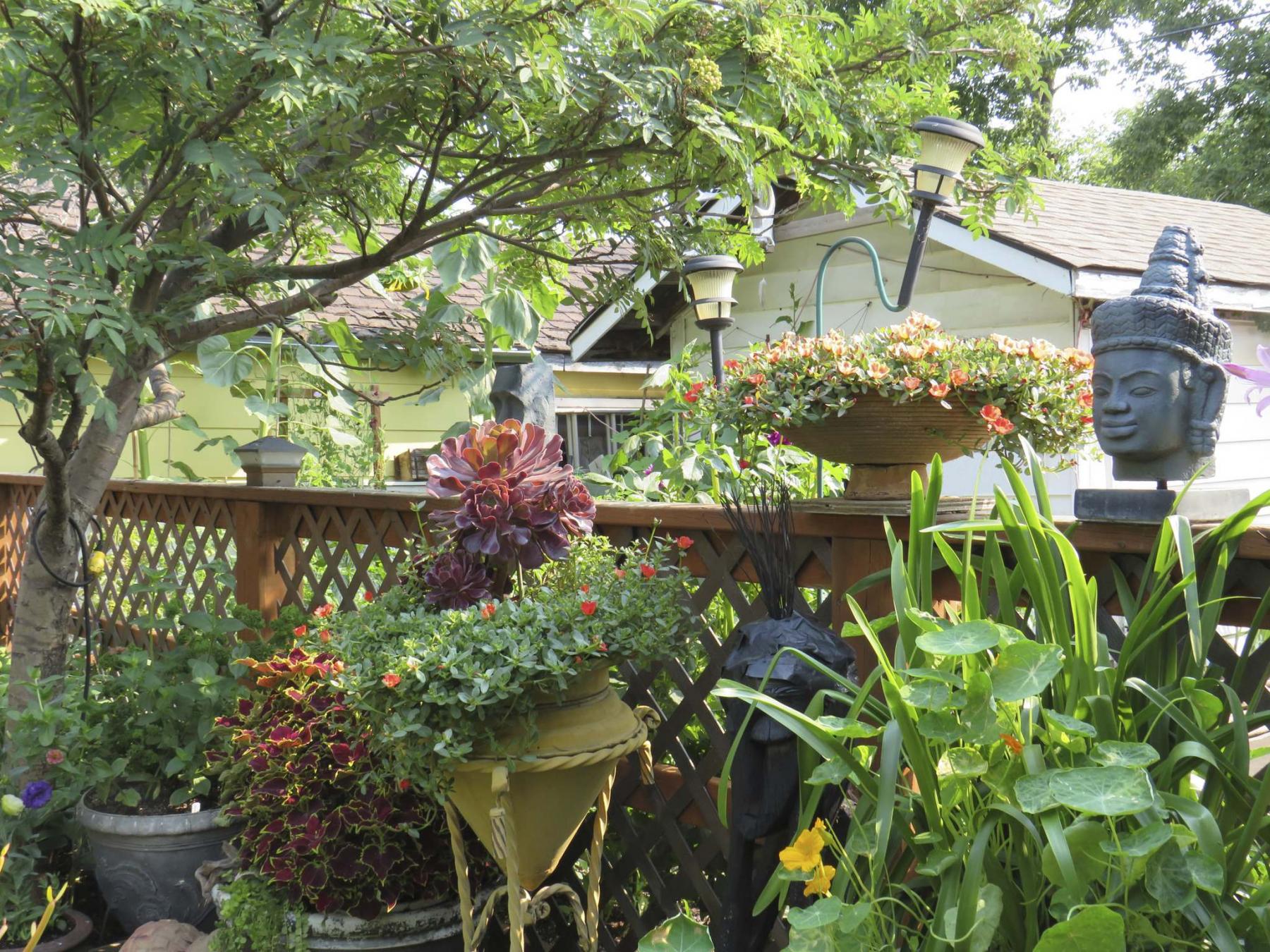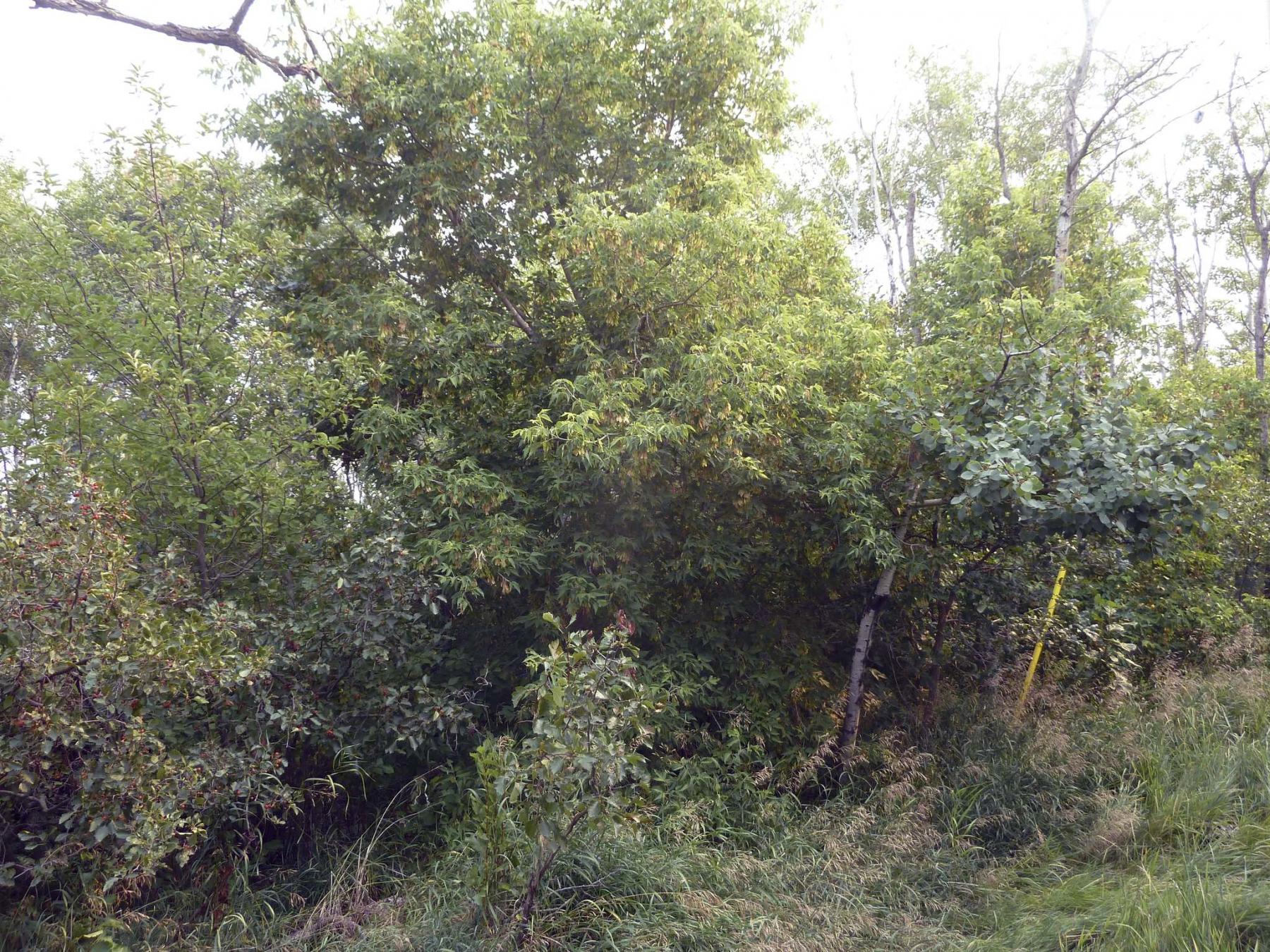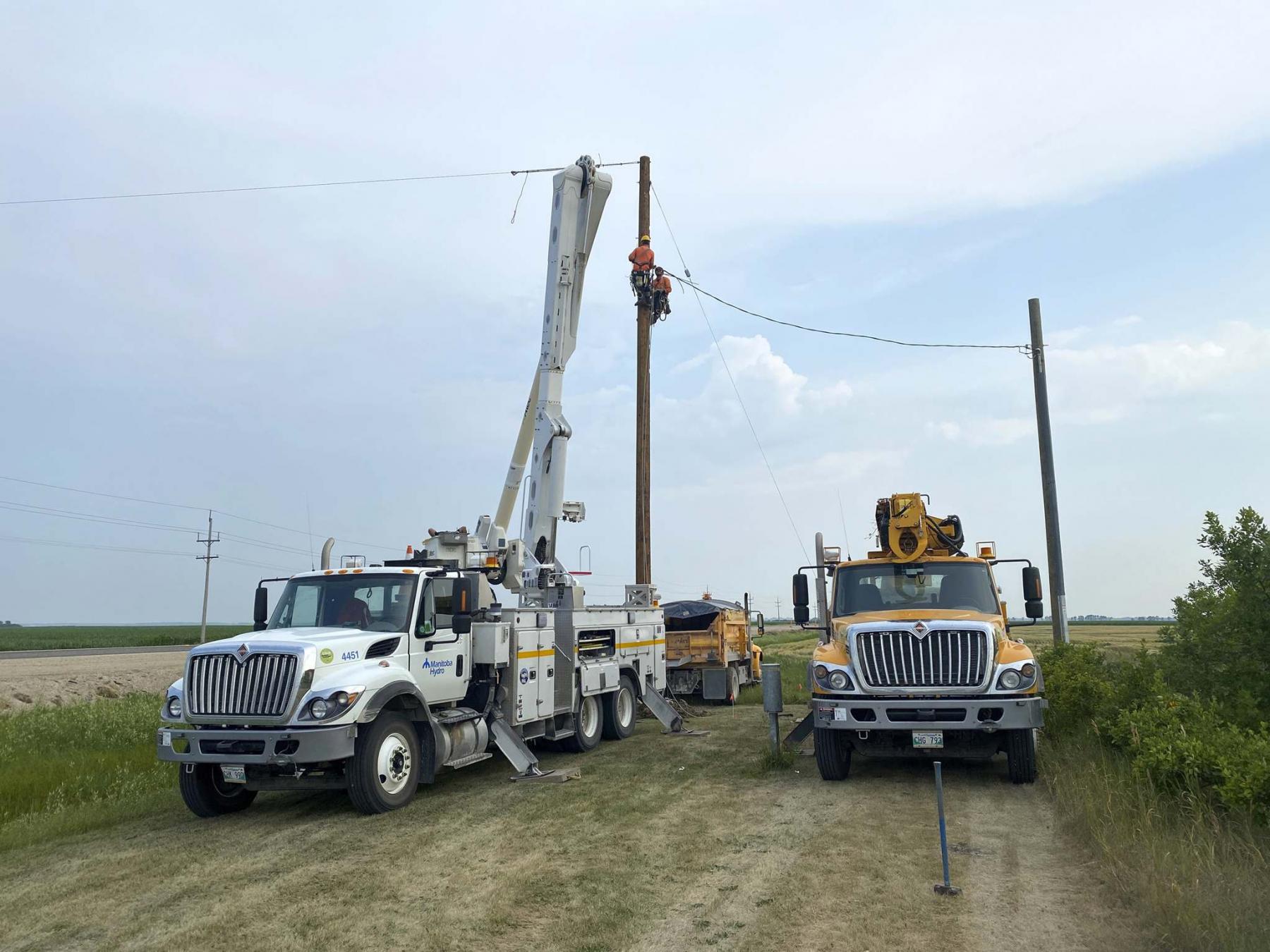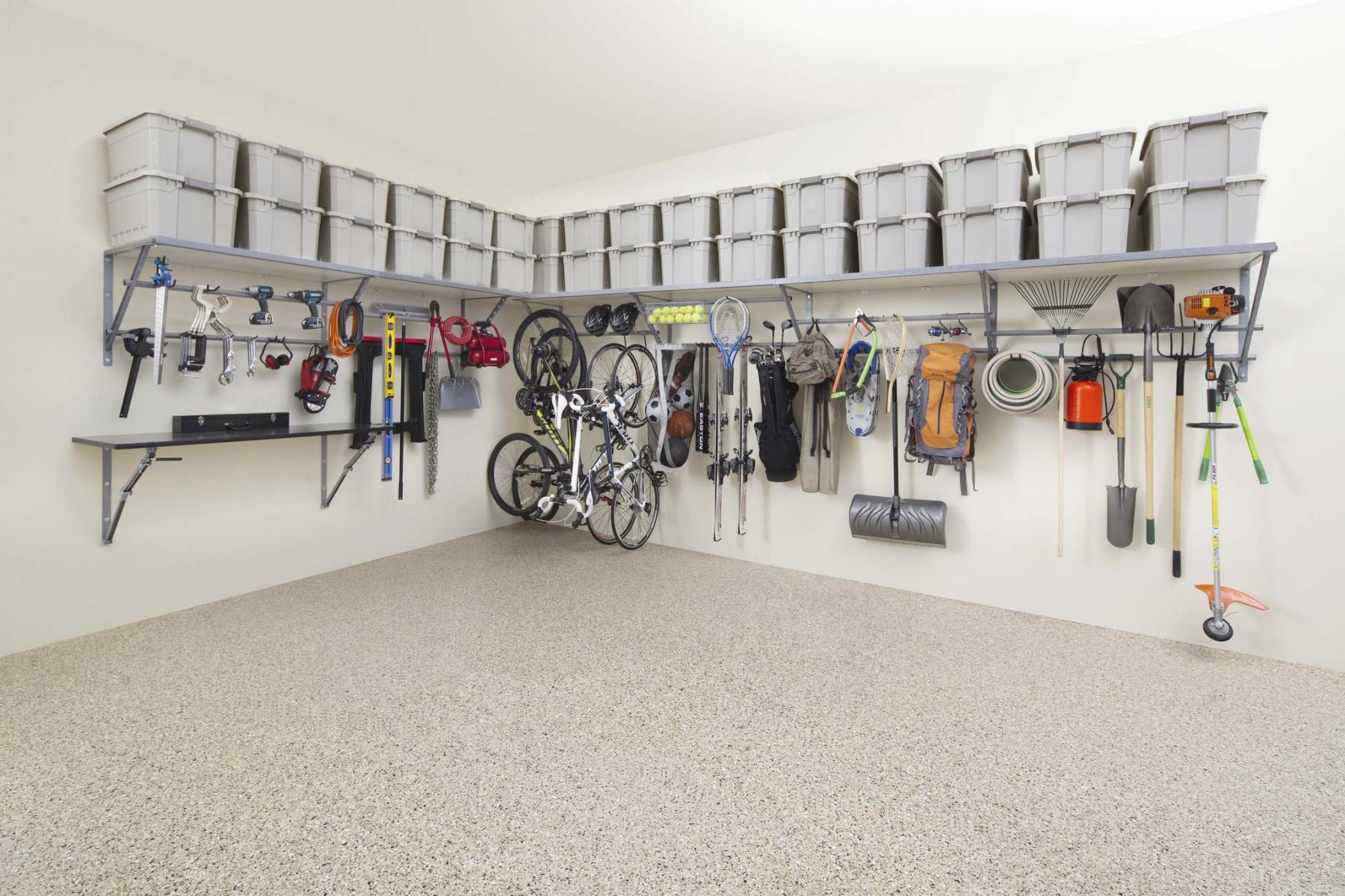Renovation & Design
Renovation & Design
Plank vinyl flooring a good option for concrete basement
Question: I am assisting my 90-year-old mother who still lives in her own home. She had a water leak in her basement and we are now working with the insurance company to repair the damage to the two rooms that were impacted. I am looking at flooring options and need some advice. The two rooms are a pantry area, which had vinyl linoleum adhered directly to the concrete, and a larger room that had a foam backed carpet glued to the concrete floor. There were fans and dehumidifiers in the room for several days after the flooding occurred. I do not want to run into any future problems with potential moisture, condensation and mold.
I was wanting to put vinyl plank in both rooms. However, I have been doing some reading about the challenges with putting materials over concrete. The house is a four-level-split and the room is the 4th level in the basement. The top of the room is approximately three feet above the ground. The exposure of this room is north and east, so there is virtually no sun on these walls. The flooring companies here in Medicine Hat are willing to tell and sell you anything. I need to know what is the best course of treatment for laying flooring in this room.
Can vinyl plank be put down without any future issues, especially given there will be a higher moisture content in the concrete with having had water on it for about four days? Given the previous flooring that was there, what kind of prep needs to be done to get the substrate ready for the installation? Should the room stand to dry more before proceeding with flooring and if so for how long?
I would appreciate any advice you are able to provide me.
Thank you.
Sincere regards, Bev Duke.
Answer: Replacing damaged flooring after basement flooding can be challenging, but also provides a great opportunity to upgrade to a more suitable product. Plank vinyl may be the only product I would recommend for direct application over the concrete floor, but incorporating a modular subfloor would provide the best job possible.
This may be an ideal time to address your excellent question, after having gone through a local deluge that caused more than a few basements to flood, following several months of almost no precipitation. Some of those situations may have occurred due to gaps between extremely dry soil and foundation walls, while others were due to plumbing issues such as broken sump pumps and blocked sewer pipes. Either way, this advice should be timely for any homeowners that found more than a trickle of water in their basements this past weekend. No matter what your flooring choice turns out to be, the longer you leave the concrete uncovered to dry, the better the final outcome will be.
The two types of older flooring you had adhered to your basement floor slab were popular choices for many years. That is primarily due to the limited choices available and the lower cost, compared to better quality products. Foam-backed carpeting was normally the cheapest option, with paper-backed vinyl sheathing a close second. Both of these products were usually glued down, to ensure they did not move over time. As long as the basement was dry, the easily applied and low-cost adhesive would work well for many years. While the foam backing of the carpet would eventually disintegrate from normal use, it would still be functional. The main drawback of the vinyl sheathing was often discolouration from the backing absorbing moisture from the cool concrete, which normally would not affect its overall integrity.
Most problems would occur in basements that were subject to occasional seepage, or that had excessive furniture or storage on top of the flooring. Those could cause periodic wetting, condensation and mould growth. Since the flooring was glued to the concrete, there was no real way to easily dry it when this occurred. As you have experienced, a larger basement leak or flood would permanently damage both these flooring types, requiring immediate replacement.
More modern advances in flooring have led to several types that are very durable but do not require permanent fastening to the subfloor. Various types of laminates have become quite popular, but they are not ideally suitable for direct application over your basement floor. Because the core is fibreboard, it can swell and become damaged with limited exposure to moisture. Vinyl plank flooring is made of solid vinyl, with no paper backing, so it is not subject to damage if it gets wet. That makes it ideal for application in your basement and it can even be pulled up and reused if there is another basement leakage event.
The main downside to application directly over the concrete is that it is a very hard surface to walk on. For this reason, a foam backing may be applied underneath, which makes it softer on the feet. But, for the best possible outcome a modular subfloor should be initially laid down, before covering with vinyl or laminate planks. This product normally has a corrugated plastic or foam backing secured to tongue and groove OSB sheathing. The bottom layer provides both a softer feel and protection for the sheathing from the cold concrete floor. The corrugations in the plastic also allow some air movement, which can help dry out any small amounts of moisture that may develop underneath. Laying your plank flooring directly over these interlocked squares will give you a much warmer and softer floor than by direct application on the concrete floor slab, itself.
Using plank vinyl flooring over your concrete basement floor, after all the old flooring remnants are removed, is a viable option. But, putting down a modular subfloor first will provide a much better and warmer end result.
Ari Marantz is the owner of Trained Eye Home Inspection Ltd. and a Registered Home Inspector (RHI)(cahpi.ca). Questions can be emailed to the address below. Ari can be reached at 204-291-5358 or check out his website at trainedeye.ca.
trainedeye@iname.com
Renovation & Design
Extruded polystyrene insulation a good bet in basement
Question: We want to refinish our old 1970s basement, take out the panelling, and install drywall.
We noticed there was vapour barrier behind the insulation, not in front. However, the insulation is kraft paper faced. Is this OK? Also, we noticed fibreglass insulation in the joist spaces without vapour barrier. We saw an article in the Free Press about this.
Is it OK to remove the insulation, install rigid foam board, seal it with a can of spray foam, and then add Roxul in front, which should act as the fire barrier?
If we do that, I understand we don’t need a polyethylene vapour barrier, as the rigid foam acts as the air/vapour barrier.
Thanks, Gordo.
Answer: Insulating the inside of a foundation wall must incorporate a good air/vapour barrier, to prevent condensation and moisture issues, but the type and location may be up for debate. Using rigid extruded polystyrene may work, as long as it is thick enough, well sealed, and the local building authorities approve of leaving off the poly on the warm side of the wall assembly.
Building science, as will all science, is constantly evolving. As we gain new knowledge, older theories and methods become replaced with newer ones. This also applies to the construction of our buildings. Because of this, the National Building Code (NBC) is revised approximately twice a decade. Also, it may take some time for contractors to change habits that they have been using for a long time. Methods that have been used for decades may suddenly require replacement with more modern ones, and be required by building officials in various jurisdictions. Because of this, you should consult with the building officials in your area, when you apply for the building permit to upgrade your basement, whether your proposed insulation method is OK.
The conventional way of insulating the inside of a house foundation wall, to retain heat and make the basement more comfortable, is to use fibreglass batts and a 6MIL polyethylene air/vapour barrier. Because the fibreglass is not very restrictive to air movement, and warm air can pass through, it must be sealed on the warm side to prevent this from occurring. If not, the warm air will slowly move through the insulation, losing its heat energy as it does, and will often condense inside the batts, or on the foundation wall. Since the insulation prevents heat from escaping the basement through the foundation, the inside of the concrete wall will be cold. In the winter, that temperature may be below freezing, which can cause the condensation to freeze. As soon as the weather warms in spring, this frost will melt, wetting the insulation further, or even leak out the bottom of the wall assembly. This is even more likely to occur on the area at the top of the wall, where you have stated the current batts are not even covered with polyethylene sheathing.
Since there has been much more wall assembly research in the last couple of decades, it has been determined that a better location for the air/vapour barrier may be inside the wall assembly, or on the outside of the building, not the inside. Those methods make a larger portion of the wall cavity warmer, further preventing condensation. For your purposes, that could be accomplished by installing rigid foam insulation first, before batts on the warmer side of the wall cavity. That would prevent warm air from contacting the cold concrete foundation walls, and would be more cost-effective than filling the entire cavity with foam. The key would be to use a minimum of two-inch-thick extruded polystyrene, which would be required to achieve a good air barrier. The foam should also be continuous, so the wall studs should be installed inside the sheathing, to prevent air gaps behind the studs, which can lead to condensation and mould growth. Sealing any gaps between sheets, and around any protrusions, with caulking or spray foam from a can will complete a good air sealing job. Adding a layer of batt insulation on the warm side of this will allow you to bring the wall assembly up to current thermal standards, with lower cost than using the foam sheathing alone.
Depending on the thickness of the wall, the air/vapour properties of the foam sheathing should be sufficient to leave off the poly layer, but that will largely depend on the approval of the local building officials. They may be old school in their thinking, and still require 6MIL poly on the inside of the studs. This use of a double air/vapour barrier may not provide much advantage, but should not be a major detraction, either. If the building officials stubbornly insist upon it, there should be little chance of causing moisture damage inside the wall assembly, as many people would worry about. This is because the polystyrene insulation will prevent any warm air leaking through the poly from cooling sufficiently to condense. It will not be able to leak through to the freezing cold foundation wall, so any moisture within will stay in vapour form, inside the warmer wall cavity. This was thought to be a major potential problem when exterior foam insulation use became more common, but more recent testing and practical experience has shown that it does not pose a moisture damage threat to the wall assembly.
The inside batt insulation, whether fibreglass or mineral fibre is used, will not normally be a sufficient barrier to protect the foam insulation in case of fire. Since you are planning on putting drywall up in place of the older panelling, that will do the job. Standard half inch thick drywall should be acceptable, in many areas, but check with the building officials first to ensure they don’t require five eights inch thick fireguard drywall for full protection.
Using your method of extruded polystyrene insulation as a first layer to insulate your basement walls is a good idea, if it is continuous and thick enough. Ensuring this will meet the approval of the local building officials should also be done, before finalizing your plans.
Ari Marantz is the owner of Trained Eye Home Inspection Ltd. and the past president of the Canadian Association of Home & Property Inspectors — Manitoba (cahpi.mb.ca). Questions can be emailed to the address below. Ari can be reached at 204-291-5358 or check out his website at trainedeye.ca.
trainedeye@iname.com

